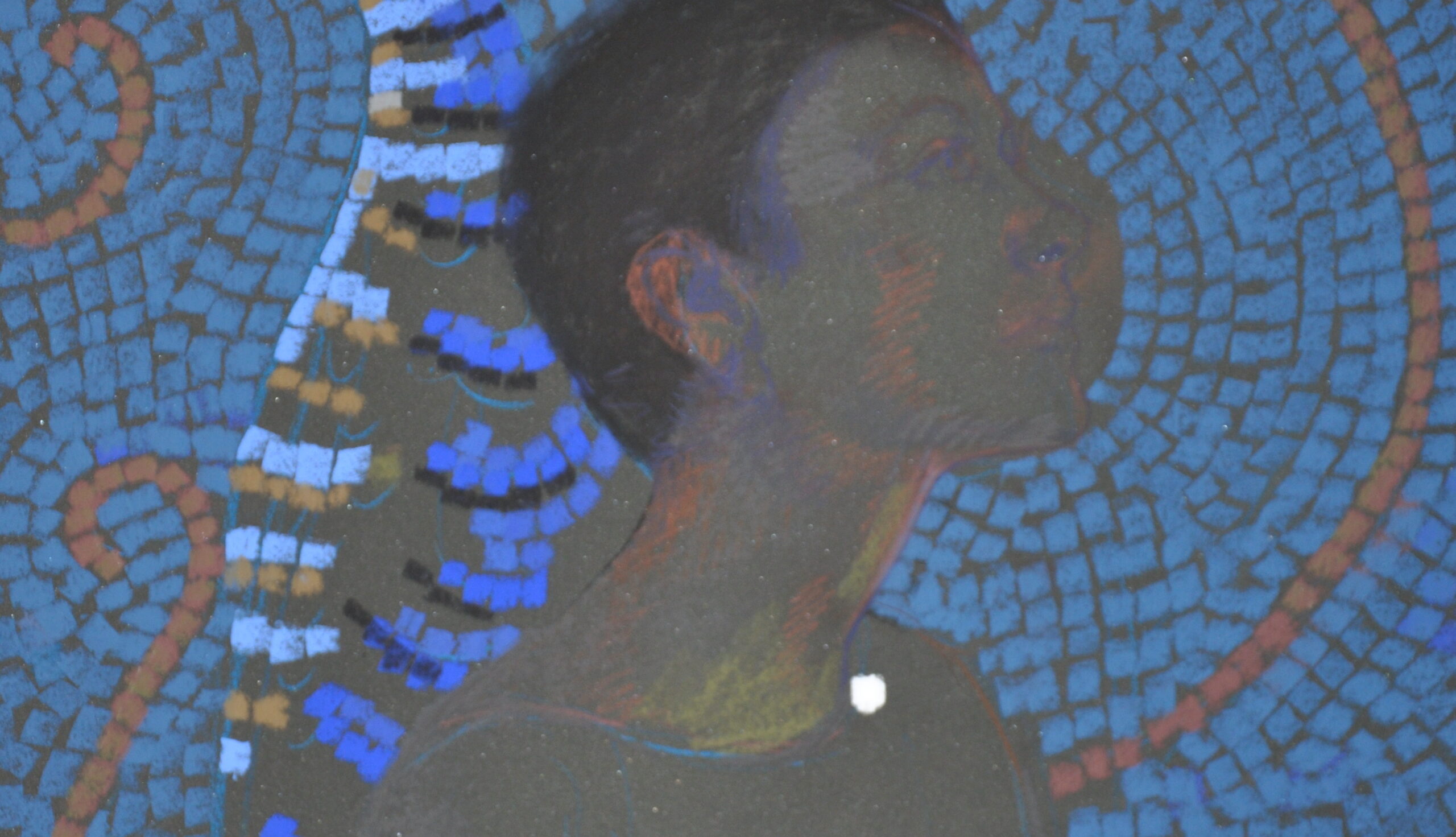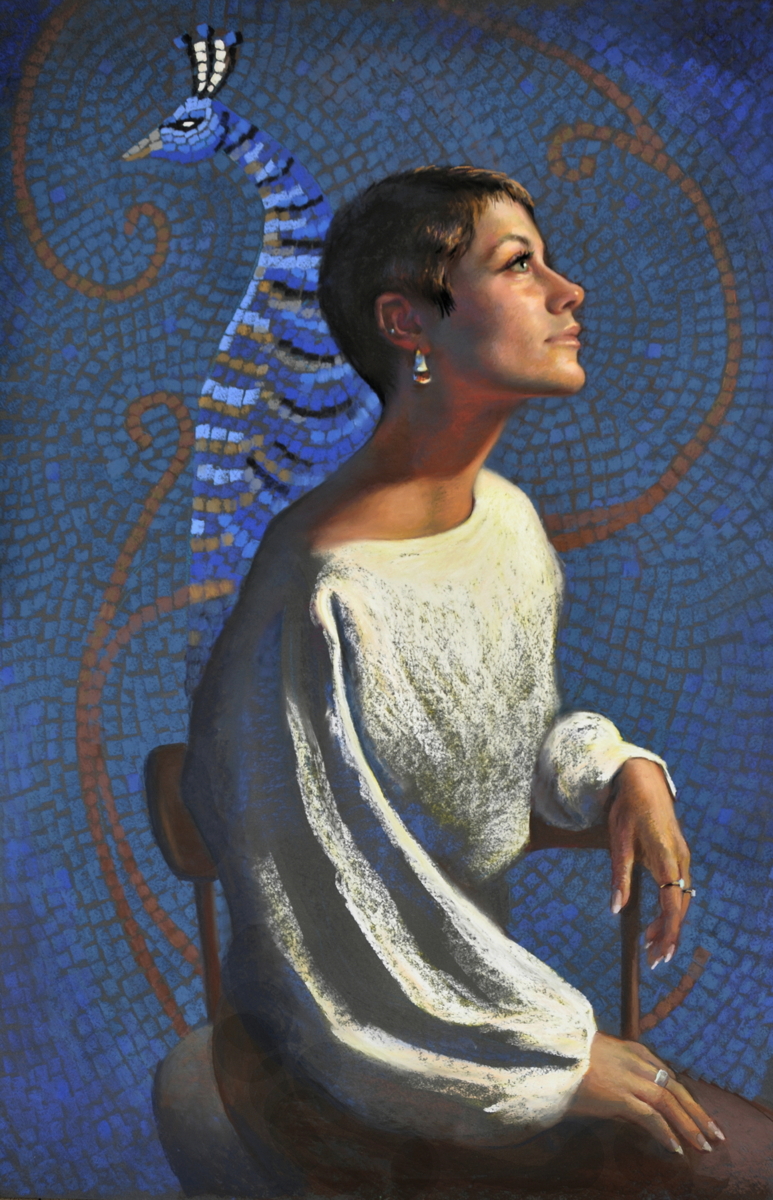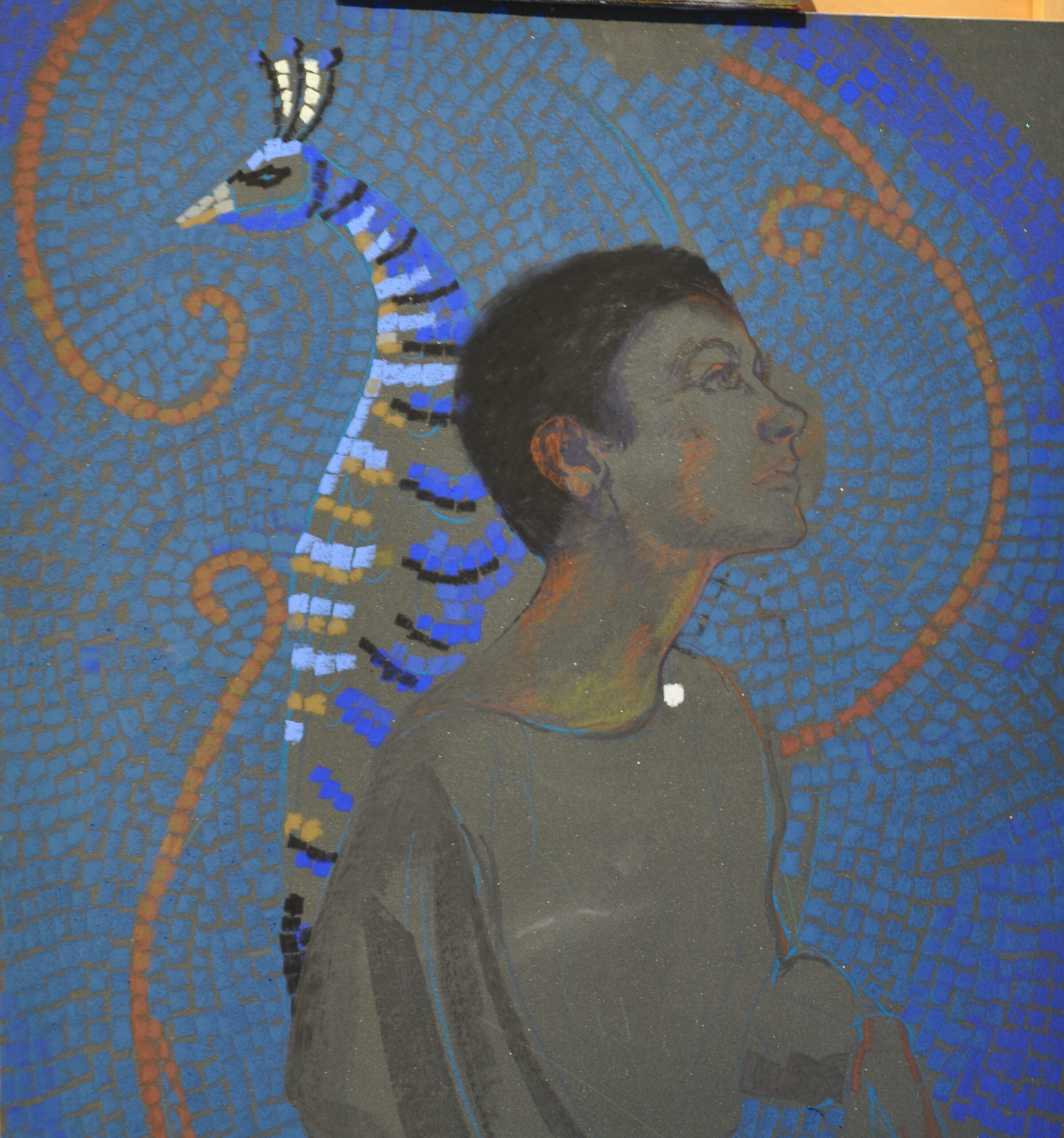
White is Precious. And like Gollum in the Lord of the Rings trilogy, I am obsessed with hoarding it, talking to it, and thinking about it in a composition. Think of me sitting in a corner of my studio with a white, Roche pastel stick in my hands mumbling to myself…
This is why I give the Queen of Values the respect she deserves and plan out my whites in the very beginning while even just thinking about a potential painting. Thumbnails anyone? If you are not clearly planning out white shapes, the Queen will get very mad and could wreck vengeance on your image.
So here is a tip- after I set up the actual painting and start getting a grip on the image, at some point I make a dash of pure white in the painting. I also add some dark values. This does 2 things- First, it reminds me where the lightest values will be and makes me ask myself if they are in a good position. Secondly, it acts as a foil to all the other values in the painting. In other words, you can’t get any lighter than white. It is a set point. So everything else HAS to be darker than white for the white to ring as the lightest value. (This is a watercolor lesson 101) Make sense? White can’t appear white unless darker values are against it. So all the other areas in the painting now register against that lightest set point. Good thing to think about because fleshtones can’t be that light. (not even on my very pale sister…) Not even in the highlights typically. Unless you are as white as a jug of milk, it has to go darker. And if your photo reference is showing that areas in the flesh are pure white it then it is lying to you to get you in trouble…naughty, naughty….
Here is my painting, “Peacock” in pastel.

And below is a detail earlier in the process. I roughly mark out some darks of the hair and make a pure white dash on the collar. I also have white and darks in the peacocks head. These are my set points. I can add more pure white or diminish it as the painting progresses, but these dots act as an extreme. Everything else registers against these precious spots.

So that white dot helps with contrast, but here is a little secret. If you put pure black against pure white you now have a powerhouse of values. And if they also have the sharpest edges against each other– bam— instant focus. This is why I save my whitest white and darkest darks for in the eyes of a portrait. So as much as it seems there are darks in the image above, the darkest black and most powerful pure white will be in her eye. Because even though there seems to be at first glance pure black in the mosaic and in her hair- nope, it is all just slightly down in value from pure black.
Other tricks? Power, of course, has a lot to do with it too. Not sure what that is? That means you have not had a chance for me to torture you in a workshop! Poor you! But you are in luck! I am having a condensed, one-day online workshop regarding power (and values) when working with pastels on April 19 from 9:30-4:00. Send me an email – [email protected], to reserve your spot. Spring Special! Only $125. Space limited.
Meanwhile, save those whites and make them count. Or you could wind up the jester at court .

Inspirational. Thank you.
Your masterpieces make me tingle all over!!
Kudos and thank
you’s beyond compare
🙂
Is your whir in the eye for that highlight dot? Do you use a pastel pencil for this when painting in pastels!
Hi. No, never pencils for something that important. Not enough power.
I value your blogs!
Thanks!
Thank you!
🙂
Since you know that I have ALWAYS been the JESTER … I’ll send you my latest WHITE painting .. in oils ; using bare white (nearly) canvas as lightest areas .
a bit like watercolor technique …. only with oils “bare white ” can be altered .. unlike watercolor (unless you use bleach )
I’ll email it to your email … look for it
all of which has nothing to do with the lesson you are trying to give here
just a meddling JESTER
I look forward to it! And everyone here- please check out the artwork by my good friend and Living Master, John Buxton.
Count me in
This is really interesting! So, if the lightest value is not white but a very light ‘almost white’ do you still put the dap of pure white in as a reference point? I seem to be missing something!
Sure. If there is no pure white going to be in the painting put in what will be the lightest.
Thank you!